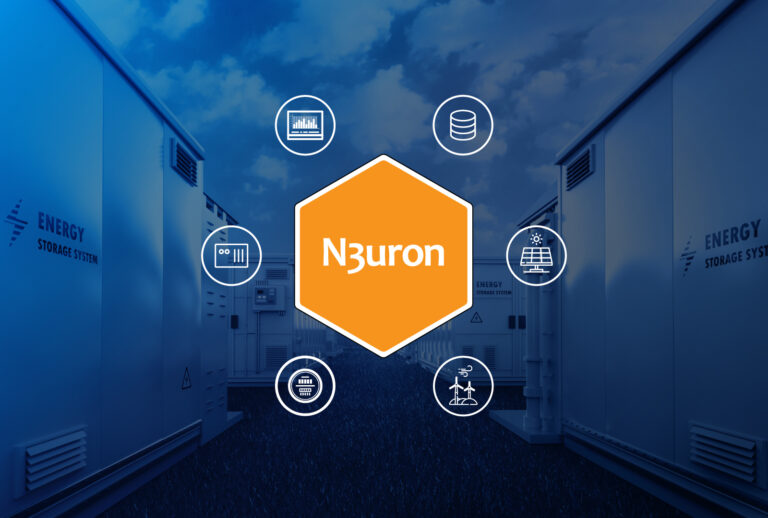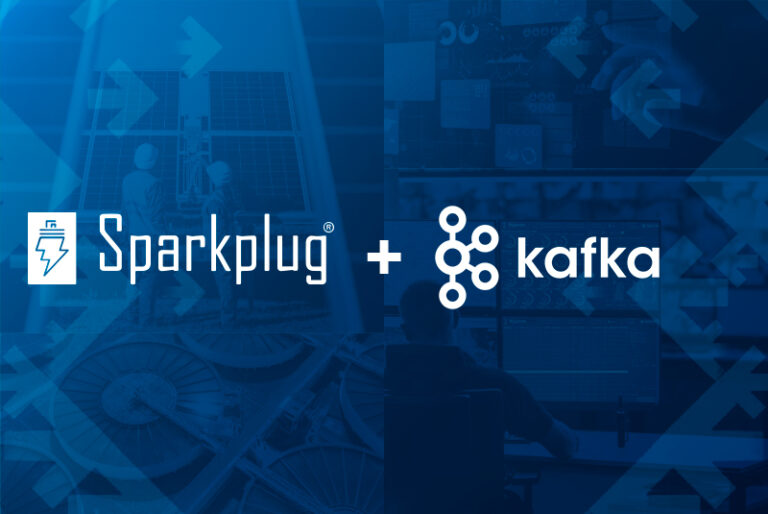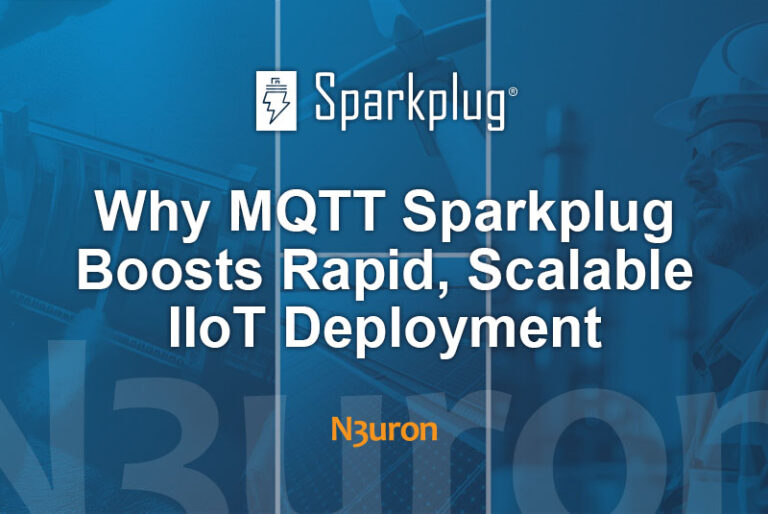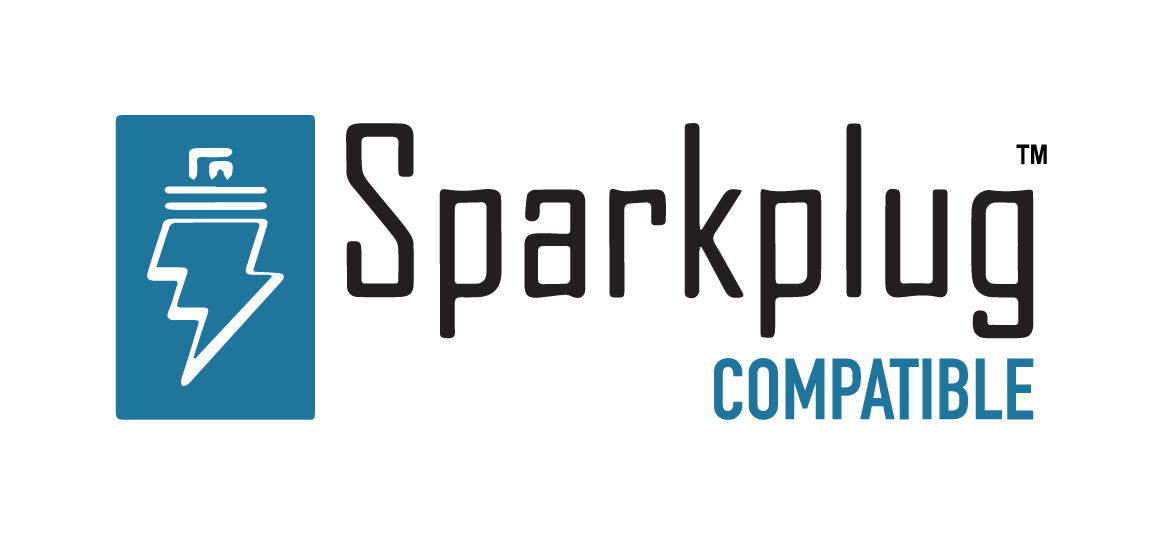Why Data Historians Matter
In today’s data-driven world, businesses and organizations rely on vast amounts of data to make decisions and drive their growth. The rise of digital transformation and Industry 4.0 has boosted demand for access to the data generated by industrial systems like SCADA, RTUs, PLCs, and sensors, to name just a few. This presents a significant challenge for organizations, as they must find effective ways to store, analyze and manage the data captured by these systems.
Data historians have been specifically designed to meet these needs. Over the last few years, the demand for these tools has been consistently increasing, as has the number of historian resources available in the market. Data historians have evolved to become ever more powerful and versatile, and are now used in a wide range of industries and applications.
In this article, we will explore the history and evolution of data historians, their current role in the industry, and their potential impact on companies who rely on them to manage their data.
What Are Data Historians?
A data historian is a specialized software program designed to handle time-series data, also referred to as time-stamped data. This type of data consists of a sequence of data points indexed according to time order and typically represent successive measurements made from the same source over a fixed time interval. These data points are used to track changes over time.
Data historians are widely used across a range of industries, including but not limited to pharmaceuticals, energy, oil and gas, chemicals, water, utilities,manufacturing and food & beverage. They are an essential tool when it comes to performance monitoring and analytics, supervisory control, and quality assurance, allowing users to access the data collected from a variety of automated systems and sensors and provide tools for analyzing this data in real-time.
Data historians also allow users to generate reports based on the data collected. These reports can be generated manually or automatically and can provide valuable insights into the performance of industrial systems and processes. By analyzing the data contained in these reports, organizations can identify areas for improvement and make data-driven decisions to optimize their operations.
Data Historians vs. Conventional Databases
At first glance, data historians may seem similar to conventional databases used for storing operational data. However, there are key differences in their design and capabilities. While conventional databases are typically optimized for transactional processing, data historians are specifically designed to handle time-series data.
This means that data historians have several advantages over conventional databases when it comes to managing large volumes of time-series data. Not only are they far more efficient at storing and retrieving this type of data, they also provide advanced tools for real-time analysis and visualization. In contrast, while conventional databases can store some time-series data, they are not as efficient as data historians in handling large volumes or providing advanced analytics tools.
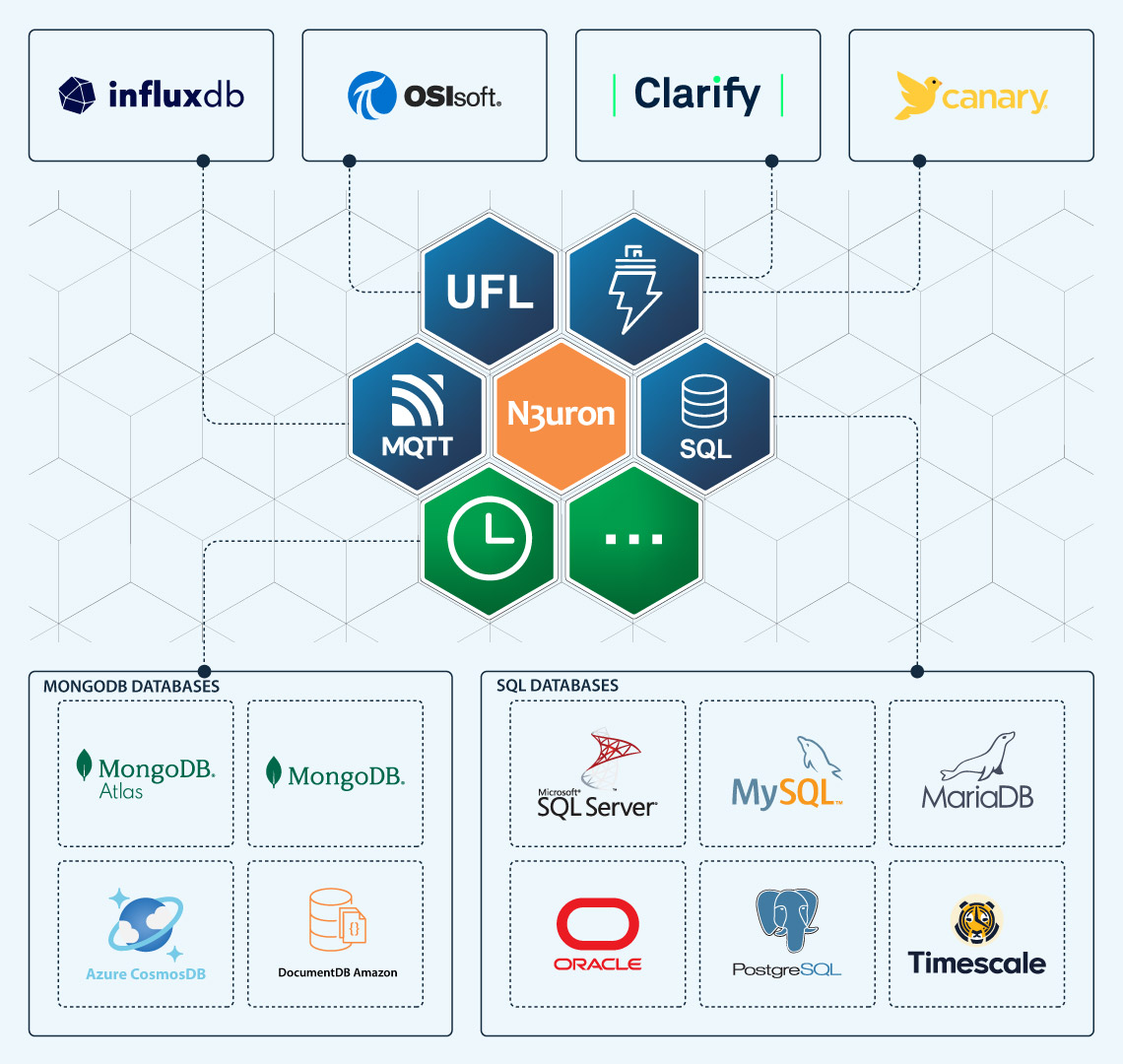
The Origins of Data Historians
The development process for Data Historians lacks comprehensive documentation when compared to other technologies and solutions employed in industrial automation, such as SCADAs. It is widely believed that the initial iterations of data historians were pioneered by Oil System Inc., later known as OSIsoft, as part of its real-time data management software suite for process manufacturing (now recognized as OSIsoft PI System). These original historians were built on minicomputers and served the purpose of storing data for analytics and regulatory requirements. Simultaneously, other aspects of industrial automation analytics, such as time series databases and spreadsheets, underwent parallel development and evolution.
Subsequently, various companies in the industrial automation market followed in the footsteps of OSIsoft and developed their own historians. These historians were either integrated into SCADA systems or offered as separate software solutions to enhance hardware platforms and components, and thus expanding available functionalities. Over time, data historians gained traction in different technology sectors where there was a need to collect, store, and analyze time-series data.
Today, data historians have evolved to become much more powerful and versatile. They are used in a wide range of industries and applications to help organizations capture and leverage historical data to drive insights and improve performance.
The Impact of the Cloud on Data Historians
The demand for time series data historians is growing rapidly due to technological trends such as the Industrial Internet of Things (IIoT), Edge computing, DataOps, and cloud services. These trends are causing huge volumes of real-time data to be generated which must then be effectively managed and analyzed. As a result, cloud deployment of data historians is expected to experience high growth rates, mainly driven by the adoption of cloud historians by small and medium-sized companies.
To meet this growing demand, companies like Clarify have initiated the process of extracting various types of data from industrial systems for analysis and visualization. Founded about ten years ago, Clarify has developed a data intelligence platform that offers an intuitive search and filter functionality, tools for collaboration and knowledge sharing, as well as an activity feed that keeps users up-to-date on the pulse of their operations.
Canary Labs is another remarkable example of a company providing tools to overcome roadblocks in the process of collecting and analyzing data. These roadblocks include the large volumes of data that companies must manage in modern industry, the cost of analysis software, and the difficulty of using it. To address these challenges and meet the need for companies to constantly access operational data, Canary Labs has developed a solution that enables customers to efficiently use data to improve productivity.
Clarify and Canary have both adopted the MQTT Sparkplug communication protocol to transfer data between data producers and their systems, making it easy for users to connect and send data. This streamlines the data ingestion process as Sparkplug standardizes the MQTT payload and topic.
InfluxDB is another modern process historian that is gaining popularity in IoT solutions for storing data from connected devices. It can be used both as a cloud SaaS version and also on IoT edge gateways to analyze, visualize, and transmit aggregated IoT data to a central server.
One key trend that is driving growth of the data historian market, and is common to the above-mentioned solutions, is cloud deployment. The growth of cloud development has led to the availability of scalable and flexible cloud infrastructures that can handle a large amount of data, making it ideal for data historians. Cloud development has also made it easier to integrate data historians with other cloud-based tools and services, such as data analysis, visualization, or ML, and therefore creating demand for data historians.
Shaping the Future of Historians
Traditional operational data historians have long been a component of SCADA and DCS systems. These systems have their limitations: they are often proprietary (which can restrict or prevent access to stored data from other applications), can be expensive, difficult to work with, often have limited analysis and visualization capabilities, and not all data historians are horizontally scalable, which can result in performance issues when retrieving large amounts of archived data.
To address these challenges and meet market requirements, industry professionals widely anticipate a significant transformation in the realm of data historians within the next decade. For example, Walker Reynolds, a recognized expert in IIoT and Industry 4.0 solutions architecture and online education, envisions the gradual obsolescence of the current data historians. Instead, there will be a shift towards integrating them into a unified environment that will act as a centralized repository of all data collected across the organization. Key concepts such as Unified Namespace and Data Lake will assume prominence in this evolving landscape.
According to Walker, the Unified Namespace serves as a centralized repository for all data and information within an organization. It serves as the central hub for communication among intelligent systems, representing the current state of the business. As an architectural cornerstone, it lays the foundation for Industry 4.0 and digital transformation initiatives.
The unified namespace exclusively stores and showcases the current state of every process, application, or data stream. To access historical time series data, another integral component called the Data Lake is required. The Data Lake serves as a central repository for collecting and storing data from various components within the industrial automation system. It efficiently handles information from sensors and infrastructure elements such as SCADAs, ERPs, and MES, accommodating diverse data formats and structures (structured, semi-structured, and unstructured).
In due course, Data Lake and Unified Namespace are anticipated to supplant existing data historians, heralding a fresh era of data management solutions within the industrial automation domain.
Flexibility is Crucial
Considering the ongoing evolution of Historians and their prospects, it is crucial to choose flexible industrial data management tools that adhere to established standards and support widely used time-series storage databases and applications, whether they are cloud-based or on-premise.
An ideal Edge platform for DataOps should include a Historian for local or edge deployments, featuring optimized storage, high-performance retrieval for real-time and historical analysis, and strong trending tools for process analysis on the edge. Additionally, the platform should also allow integrations with virtually any existing or future cloud-based solutions that offer powerful algorithms for managing large data ingestion, optimized enterprise-scale storage, and serve as a natural extraction point for ML and AI applications. This combination would enable efficient data storage, analysis, and extraction across diverse environments.
Here is where N3uron comes in! Designed and built on open standards, ensuring complete flexibility and scalability for effortless integration with any other applications, the platform boasts an extensive collection of over forty-five modules, including:
- Historian: It allows any MongoDB database, including Atlas, to be turned into high-performance time-series data. Seamless data retrieval is possible via the REST API Server, OPC UA Server, and Scripting modules.
- SQL Client: It provides effortless integration with virtually any SQL database, enabling the storage of historical data and the execution of custom queries across a range of popular databases, including SQL Server, MySQL, Oracle, MariaDB, PostgreSQL, TimeScale and more.
- MQTT Client: N3uron’s MQTT Client module enables you to connect to any MQTT broker and among its many features it includes a pre-configured InfluxDB payload for direct connection to InfluxDB Cloud.
- Sparkplug Client: N3uron’s Sparkplug Client module allows you to push data from your N3uron node to modern historians such as Clarify and Canary using the Sparkplug MQTT Topic and Payload format.
- UFL Exporter: Allows N3uron to push data to OSIsoft PI using Universal File and Stream Loading standard.
These modules together with others like REST API Server and OPC UA Server provide full flexibility when it comes to making industrial data accessible to any other applications.
Conclusion
In summary, we have seen how data historians play a critical role in managing industrial data challenges and driving data-driven decision-making in today’s business landscape. N3uron offers a comprehensive and flexible platform that enables organizations to effectively store, analyze, and visualize time-series data.
To harness the full potential of your data and optimize your operations, take action now. Download N3uron and empower your organization with advanced industrial data management capabilities. With its user-friendly interface and adherence to industry standards, N3uron provides a seamless integration experience.






